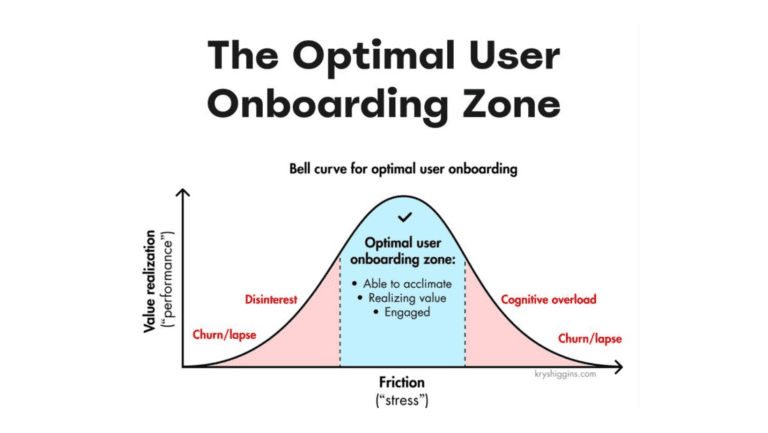Today we are starting a series of posts to discuss the topic of justifying investments in APM technologies. Application Performance Management (APM) tools are becoming an integral part of the infrastructure for mission-critical business applications, making it easier to justify investment in APM technology. However, IT budgets worldwide are still tight, and the business case for implementing or replacing an APM solution still needs to be put together and successfully presented.
There is a broad range of ways to justify APM investments: lower TCO, improved productivity, direct impact on revenue, increased customer satisfaction, improved user experience and satisfaction, etc. Justifying an investment in APM technology depends very much on the nature of the business application monitored and the consequences of availability and performance issues with the application.
Today we will focus on how to make the case for how an APM solution will have a positive impact on the business.
All business applications have a direct or indirect impact on the business of the organization. Here are 5 specific ways application performance can positively impact the business
- Customers can process transactions efficiently. There is no greater negative impact on your business than a major performance or availability issue with your eCommerce solution. Many flagship organizations have been hit by these problems, resulting in lost revenue, bad PR, or both. And it’s not just about eCommerce: consumption of services (think digital TV or movie streaming), support (logging or checking on the status of a service request), account management (updating your billing address and preferences), etc. The push to allow customers to self-serve via their PC, mobile phones and tablets means high visibility for the applications supporting these channels, and makes the necessity of a highly-performing system absolute.
- Customers and prospects will have a better experience engaging with you through all channels: web sites will be fast and responsive, information is accurate (e.g. shipping time), call waiting is short, customers on the telephone will not be asked to repeat their information multiple times, emails are routed to the right agent in a timely fashion etc.
- Sales people can be more efficient. The CRM and Order Management applications need to be always up, and performing. Sales staff will spend less time waiting or being frustrated, and they will naturally have more time to sell and make that extra phone call or sales pitch.
- Customers get a better post-purchase experience. In today’s world the post-purchase experience is just as important as the purchasing experience. From fulfillment to procurement to assisting new customers in using their new product or service, many business applications are typically involved in supporting the customer experience post-purchase. Having an APM tool that monitors these applications and the flow of information between these applications means providing a better customer experience that will result in a more satisfied customer and often in referrals and additional business.
- Organizations dramatically reduce risk and duration of downtime. Downtimes are the most visible disruption to your business, both internally and externally. The application might be completely unavailable, or be very severely impacted (slowness, disconnects etc.). Any significant downtime has the highest visibility both internally with the user community (e.g. front-office departments for a CRM application), and externally (e.g. customers placing orders via eCommerce solutions on the web site). APM tools are a significant factor in both eliminating down time (by pro-actively monitoring the application infrastructure and taking action), and in reducing the duration of a downtime (by immediately alerting the proper staff and speeding up the root cause analysis process).
How did you justify your APM investment? What was the impact of APM on your business? Use the comments to share your perspective.
Stay tuned for additional posts on other ways to justify your APM investment.




